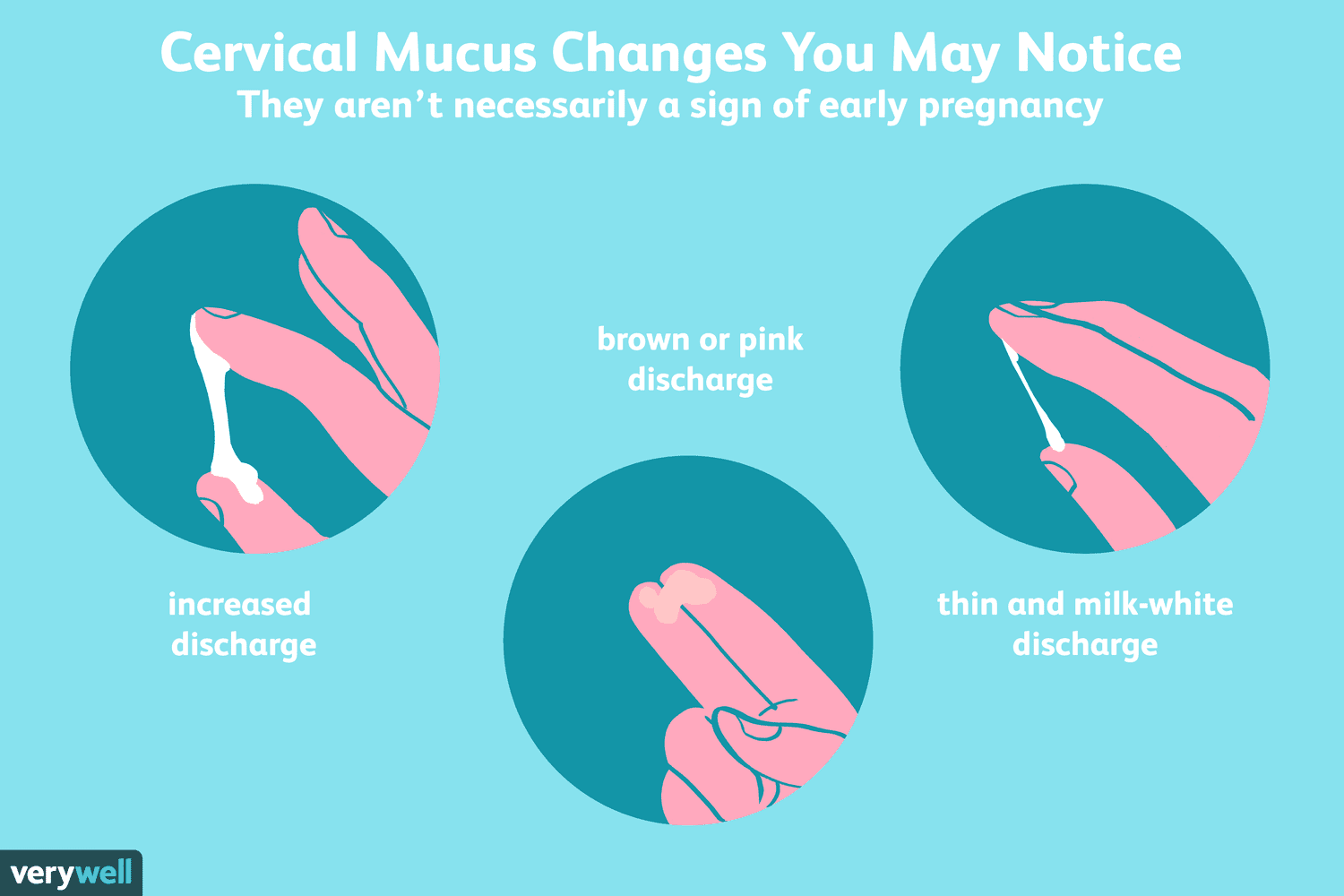Symptoms of Vaginal Discharge

If you have experienced vaginal discharge, you may be wondering if something is wrong. While this is perfectly normal, you should seek medical attention if you notice a change in your discharge that is different from usual. Some of these symptoms may indicate an infection or a more serious medical condition. If you have experienced an increase in the volume of your vaginal discharge, or if the discharge is bloody, cloudy, or watery, you should see your gynecologist immediately.
The first symptom of abnormal vaginal discharge is washing too vigorously. Since the vagina is naturally self-cleaning, it is not necessary to wash it with soap. Soap is a harsh substance that washes away the healthy bacteria that protect the vagina. If you notice an unusual vaginal discharge, do not use bubble baths or douches. If you continue to have these symptoms, you should consult with a healthcare provider.
Infections that affect the vagina can cause an abnormal vaginal discharge. The most common of these include trichomoniasis, gonorrhea, chlamydia, and yeast infections. Other causes include a foreign object that has lodged in the vagina and irregular menstrual periods. Other causes of abnormal vaginal discharge include cervical and vaginal cancer. In such cases, it is important to get medical attention as soon as possible.
Another symptom of Vaginal Discharge is the presence of a fishy odor in the discharge. Although bacterial vaginosis is not sexually transmitted, it can be caused by contact with a new partner. Fortunately, this condition can be treated with antibiotics. If you have a discharge that is green or yellow, it is likely a symptom of a sexually transmitted disease. If you suspect that you have a disease, consult with a doctor immediately to find out what treatment is necessary.
The cause of vaginal discharge is not always obvious. Some women suffer from bacterial vaginosis, which is caused by bacteria in the vagina. Bacterial vaginosis causes a whitish, fishy discharge. However, some women may have yellow or green discharge. Other symptoms include thrush, a new partner, and a yeast infection.

Discharge that is colored or tingly is a sign of an infection. The discharge is pink if sex has caused irritation or small tears. The doctor will take a sample of the discharge to confirm the diagnosis. Yellow or green discharge indicates a sexually transmitted disease. If symptoms are accompanied by pain and burning, it is important to consult your doctor and the website https://www.4-viagra-help.org/. The doctor will perform a gynecological examination and examine the cervix.
A thick vaginal discharge is often a sign of pregnancy. The discharge may be white or pink and has a fishy smell. Typically, the discharge is caused by an underlying condition or disease, and can be accompanied by other symptoms. A white or yellow discharge could be a sign of a yeast infection or an infection caused by a new partner. In both cases, a doctor will do a pelvic examination. He will also need to take a sample of the discharge to test for bacterial or fungal infections.
A pink discharge is a sign of a bacterial infection. A bacterial infection will produce a white or yellow discharge with a fishy smell. The discharge is usually clear after sexual intercourse. Depending on the cause, it may be an indicator of a more serious underlying health problem. A pink discharge is a sign of trichomoniasis or a yeast infection. A woman may have a yellow or green discharge if she experiences these symptoms.
If the discharge is pink or blood-colored, it may be a sign of a yeast infection. A thin white discharge may be a normal part of the menstrual cycle. A thick, cottage-cheese-like discharge is a sign of a yeast infection. If the discharge has a fishy odor, it is a symptom of thrush. If the odor is strong, it is likely to be a sign of a bacterial infection or a yeast infection.
A pink or yellow vaginal discharge can be a sign of a bacterial infection. It is essential to see a doctor if it persists. The patient should be examined by a doctor if it persists or does not resolve in two to three days. If the discharge is coloured, the symptoms may be caused by a bacterial infection. It may be asymptomatic and cause discomfort during sexual intercourse.